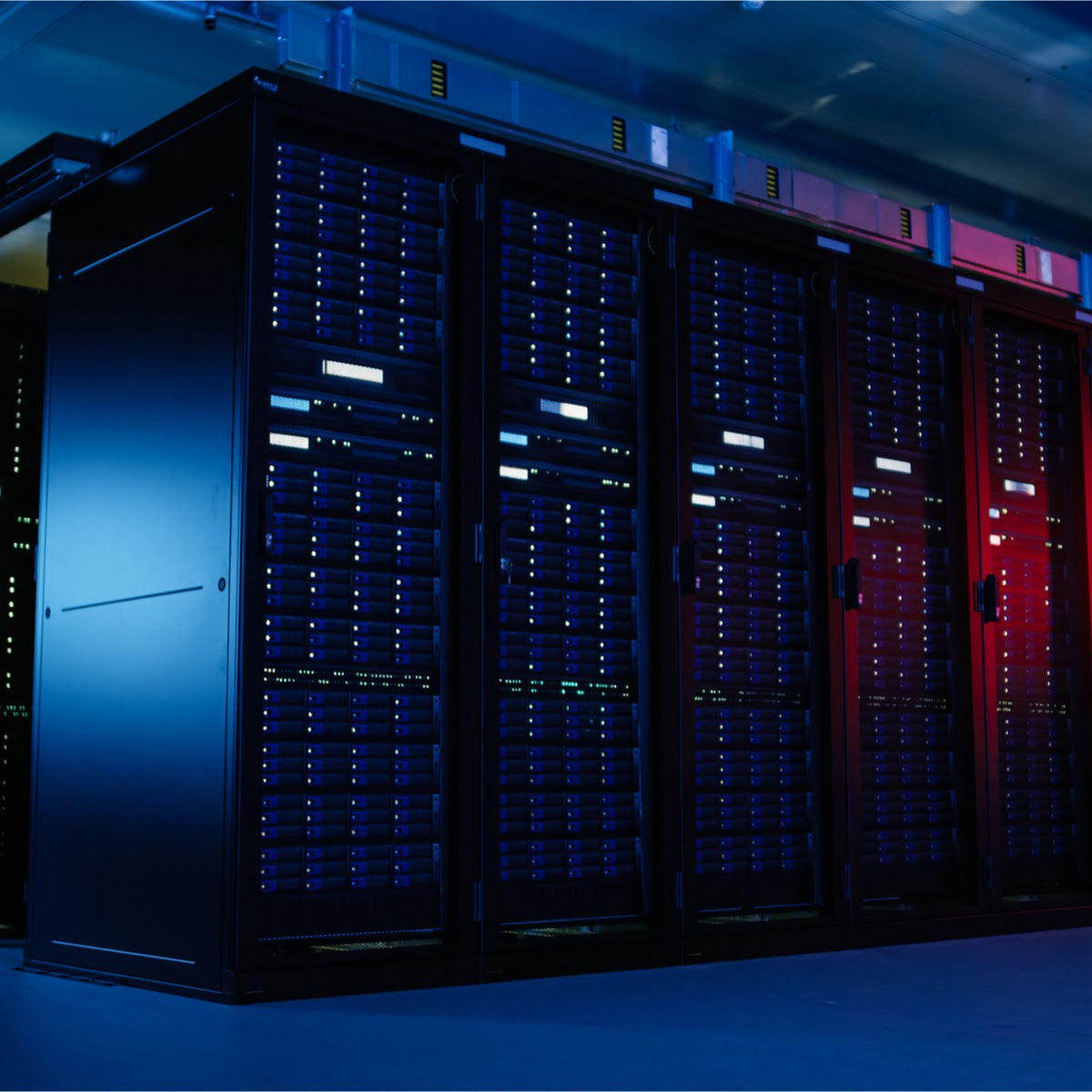
An organization’s data center is vital for all of it’s day-to-day operations. Without a data center, business owners can experience crippling delays that bring productivity to a grinding halt. The key to keeping these centers operating at optimal capacity is to maintain consistent temperatures.
According to the American Society of Heating, Refrigerating, and Air Conditioning Engineers (ASHRAE), the ideal temperature for your data center is between 64 and 81 degrees Fahrenheit. Temperatures outside of this recommended range can have some serious and far-reaching consequences for your business.
Reliability Concerns
As a business manager, one of your top priorities is ensuring consistent and efficient production on a daily basis. In order to accomplish this goal, your data center must be able to function reliably. Allowing your data center temperature to regularly exceed the thresholds set by ASHRAE can severely reduce the reliability of your hardware. This is due to several factors, which include:
- ESD (electrostatic discharge)
- Particulate contamination
- Corrosion at higher humidity levels
All of these factors have a strong correlation to increased operating temperatures. The corrosion of internal components is of particular concern if you do not implement quality temperature and moisture control devices within your data center. Failure to do so will ultimately result in the need to repair or replace hardware within your data center, which can become incredibly taxing on your organization’s resources.
Reduced Service Level
Maintaining appropriate data center temperatures can also help you to optimize the service capabilities of your hardware. In less than optimal temperatures, data storage and communication equipment can exhibit a reduced capacity to complete necessary tasks (and also become prone to malfunctions).
While the correlation between reduced service capacity and higher temperatures is not as strong as the link to reliability concerns, it is still present. Even a small reduction in your data center’s efficiency can compound into substantial profit losses over the course of a year.
Increased Operating Costs
Operating outside of the recommended data center temperatures will result in a spike in utility costs, too. According to energy.gov, there is a strong link between data centers that operate at the high end of the thermal range and increased server power utilization.
This can be attributed to many factors, including the increased fan power necessary to cool internal components. A process known as silicon electrical leakage current can also contribute to higher power consumption.
While maintaining cool temperatures within your data center might seem like a costly endeavor, it is a far better allocation of resources than contending with constant repairs and reduced efficiency.
Below, we’ll review some ways that you can improve your data center temperature maintenance practices.
How to Optimize Your Data Center Temperatures
There are several steps that you can take to improve your regulation protocols for data center temperatures. The first step is to decide what temperature you want to maintain within your data center. The optimal temperature for your data center will largely depend on the external climate, as long as you select a temperature within the prescribed range mentioned above.
The second step is to incorporate a variable capacity system. Outdated temperature management systems often supply excess air, even when it is not needed. This causes waste and can unnecessarily increase your utility costs.
You should also incorporate controls to continuously measure the temperature within your data center. Measurements should be obtained from the aisles and the spaces directly in front of servers to gather accurate data.
Related: Equipment for Data Centers
The final step in optimizing management practices for your data center temperatures is two-pronged. First, you should take steps to separate outgoing and incoming air to prevent mixed temperatures. Secondly, using outside air as a cooling agent when external temperatures drop within the operating threshold can result in further savings.
By incorporating the information above, you can ensure that your data center operates at its peak efficiency every day. Tate can help you to accomplish your mission with our commercial HVAC and air filtration systems. We have the expertise necessary to help your company maintain optimal operating temperatures within your data center. Give us a call today to see what we can do for you.
